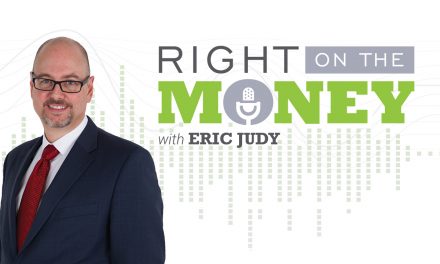Applying common sense and risk tolerance can satisfy a retiree’s investment appetite.
A mix of common sense and risk tolerance can solve an investor’s appetite and foil market volatility.
Aging investors and retirees cannot absorb another stock market hit like 2008. Once highly subjective, the age at which retirees can reduce unnecessary risk can be found on a driver’s license, birth certificate or by taking an honest look in the mirror. Allocations can both solve investors’ needs for safety, and mitigate speculative losses.
Age is an age-old obsession. Young people want to look older. Old people want to look younger. No matter the person, aging is undeniable, yet steps can be taken in the financial aging process to preserve and protect retirement-targeted assets.
A “safety first” philosophy for seniors can be considered as early as one’s mid-50s. While consumers appreciate product and service discounts at this life stage, the bigger picture involves preserving assets to last an increasingly long lifetime.
A commonly accepted guideline has one’s age in years equal to the percentage of “safe-money” assets, those that are not at risk of reduced value due to market volatility. For example, a 60-year old may have 60% in insurance, government securities or money market products, and the remaining 40% in stocks, bonds or mutual funds.
Just such a mix can help mitigate a sudden 20% market-related drop by limiting the damage to 40% of the whole, rather than 100%. Many investors favor a yet more conservative mix, say 70/30 or greater, beginning at age 60, and then ratchet up the ratio as the years fly by. Some seniors find that having at least some allocation in market-based assets satisfies an itch for growth and risk that was common in their asset accumulation years.
An increasingly popular safe-money alternative is fixed index annuities, an insurance industry product. An outgrowth of variable annuities, these can provide growth, protection against loss and guaranteed lifetime income. Insurers can offer these features by allocating perhaps 2% – 5% of the client’s investment to exercisable index-based options, and then 95% or more to government-backed securities. Insurers protect any loss against the collective power of many millions of dollars, clients and actuarial statistics.
Clergy have an unusual opportunity with fixed index annuities. Under tax code provision 403(b)(9), they can not only designate income equal to their housing expenses in their working years to be free of federal and state income taxes, they can similarly take tax-free distributions from qualified accounts in retirement, and fund a fixed income annuity that can provide guaranteed lifetime income.
Using age as the threshold, a “safety first” approach can allow assets to extend for a lifetime.
Syndicated financial columnist Steve Savant interviews top retirement specialists in their field of expertise. This segment features retirement specialist Steve Dietzel. Right in the Money is a financial talk show distributed in daily video press releases to over 280 media outlets and social media networks.



